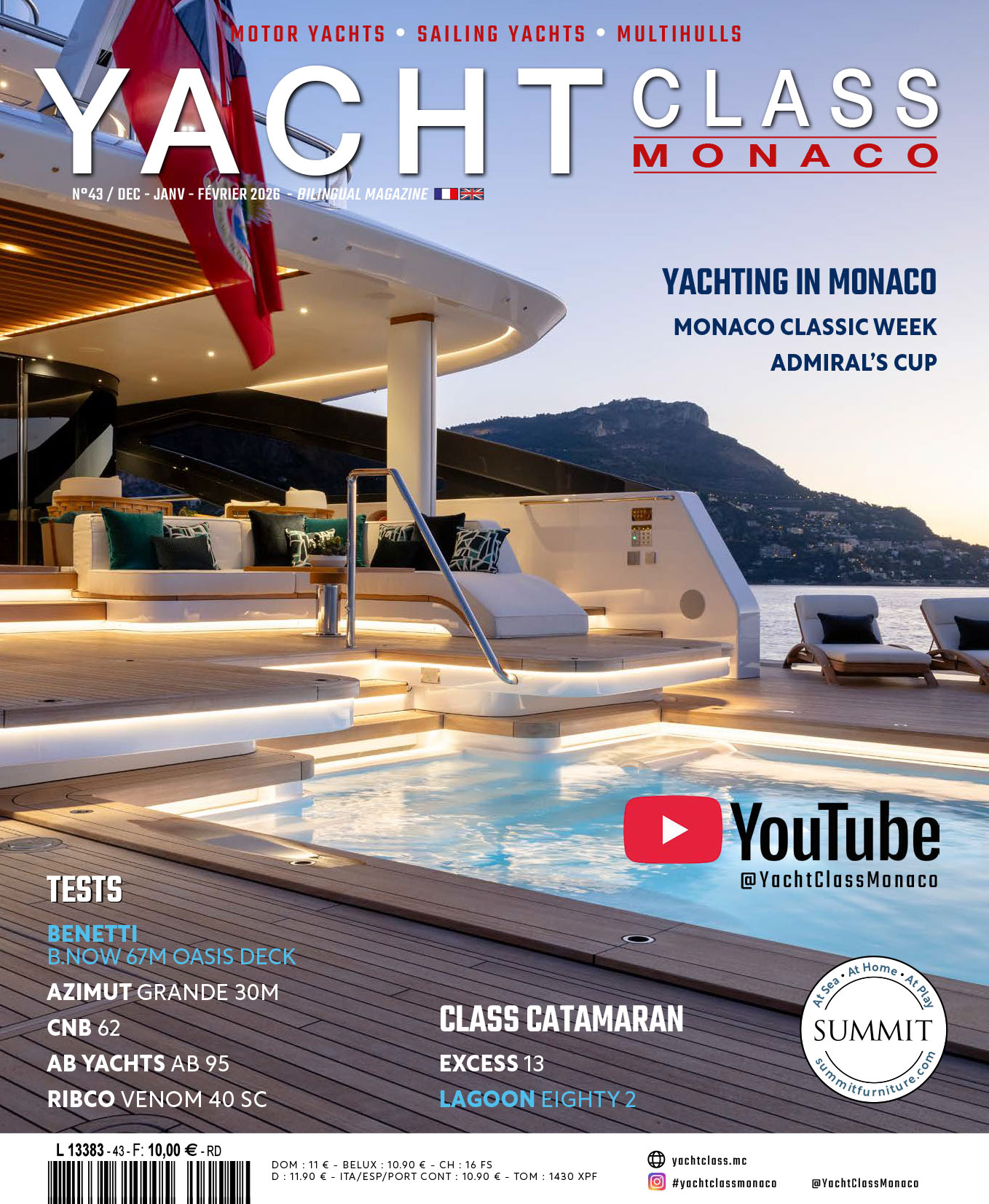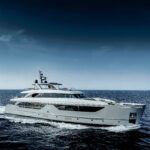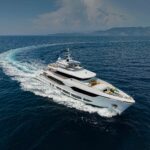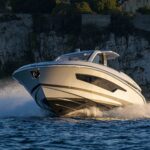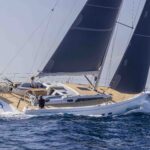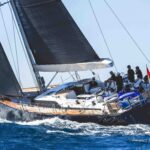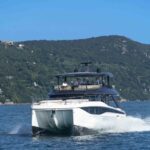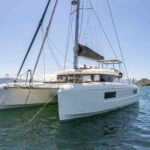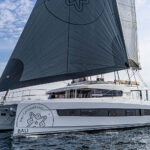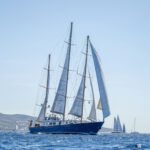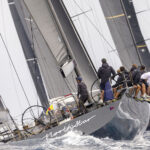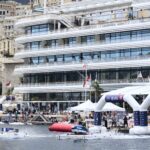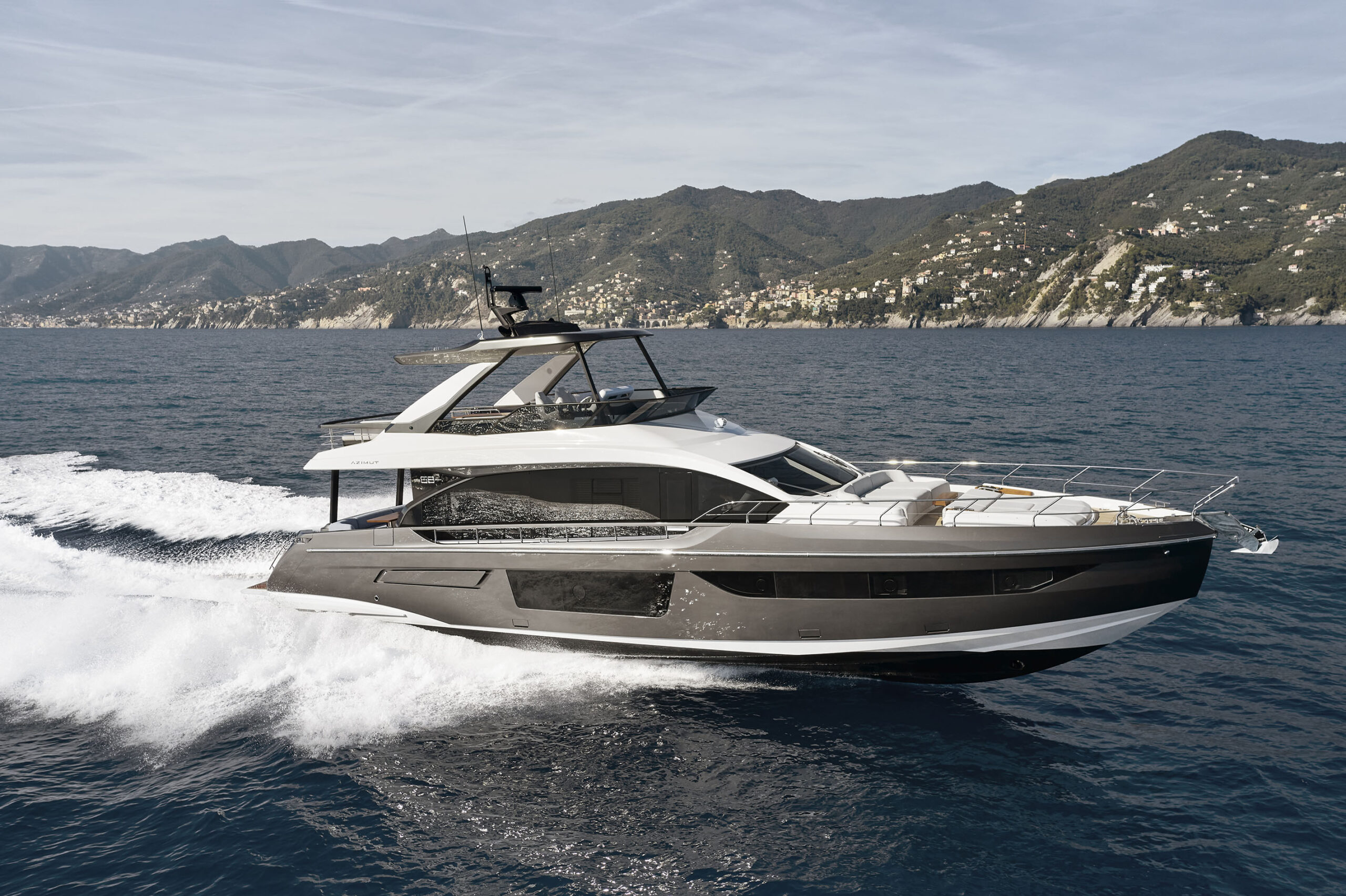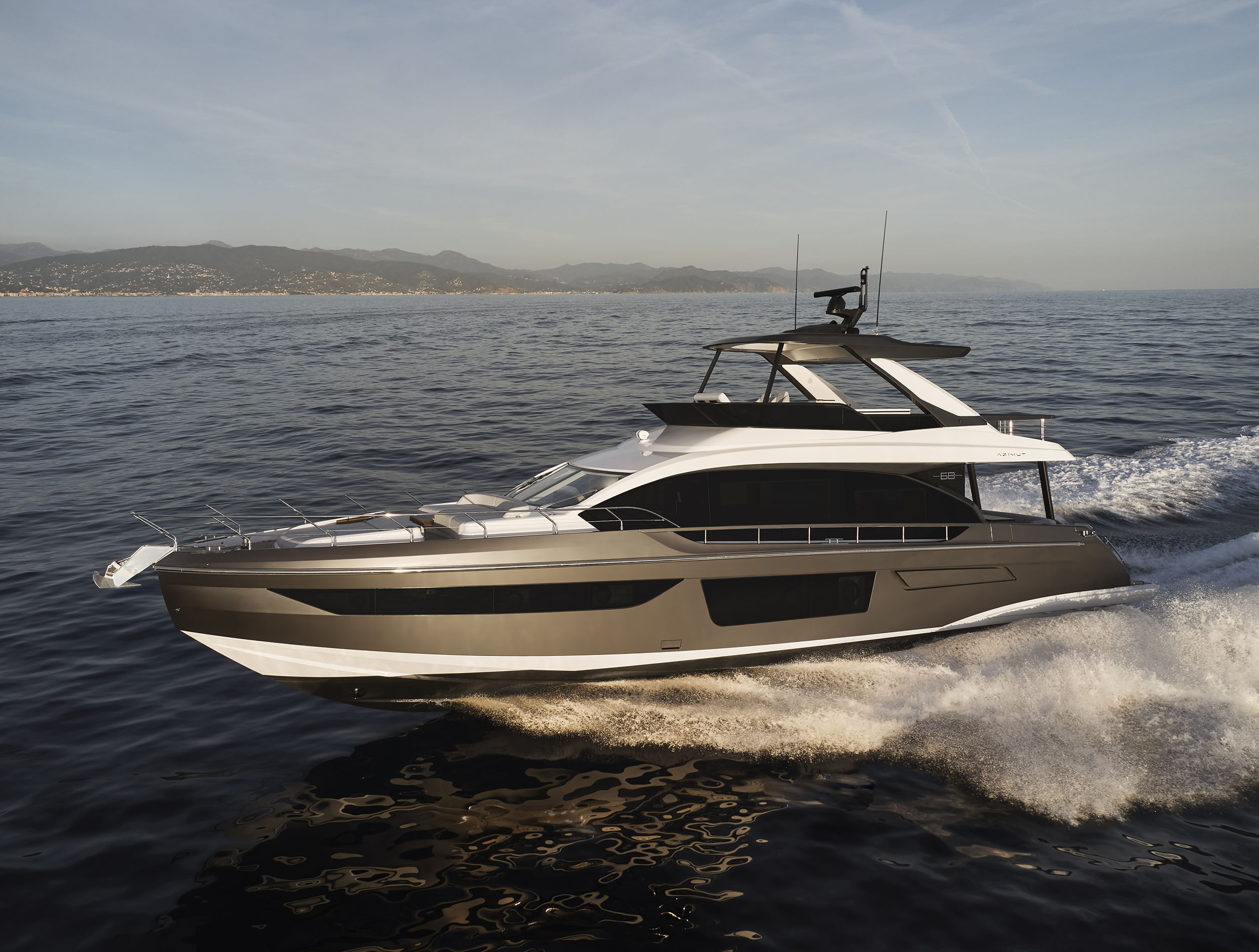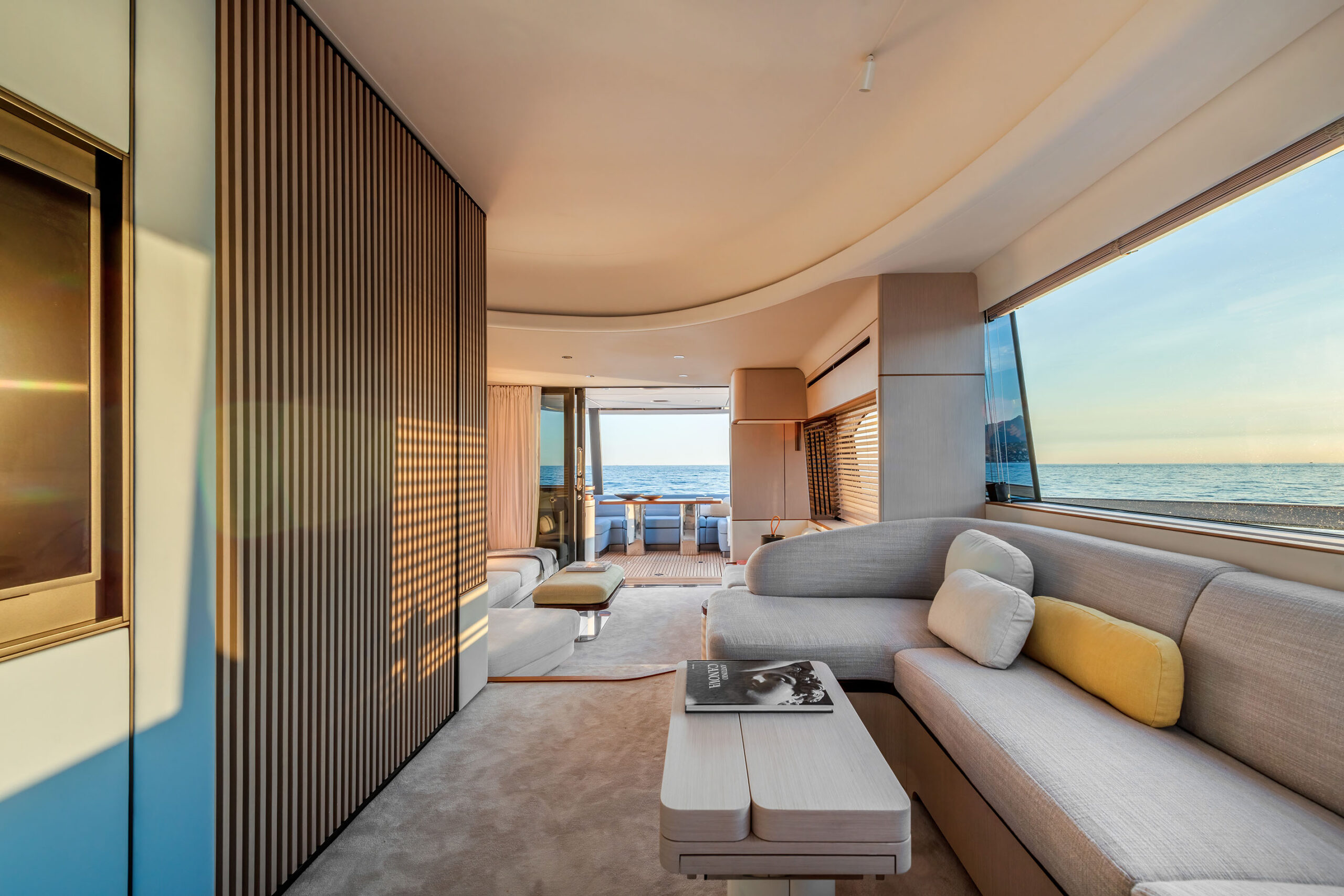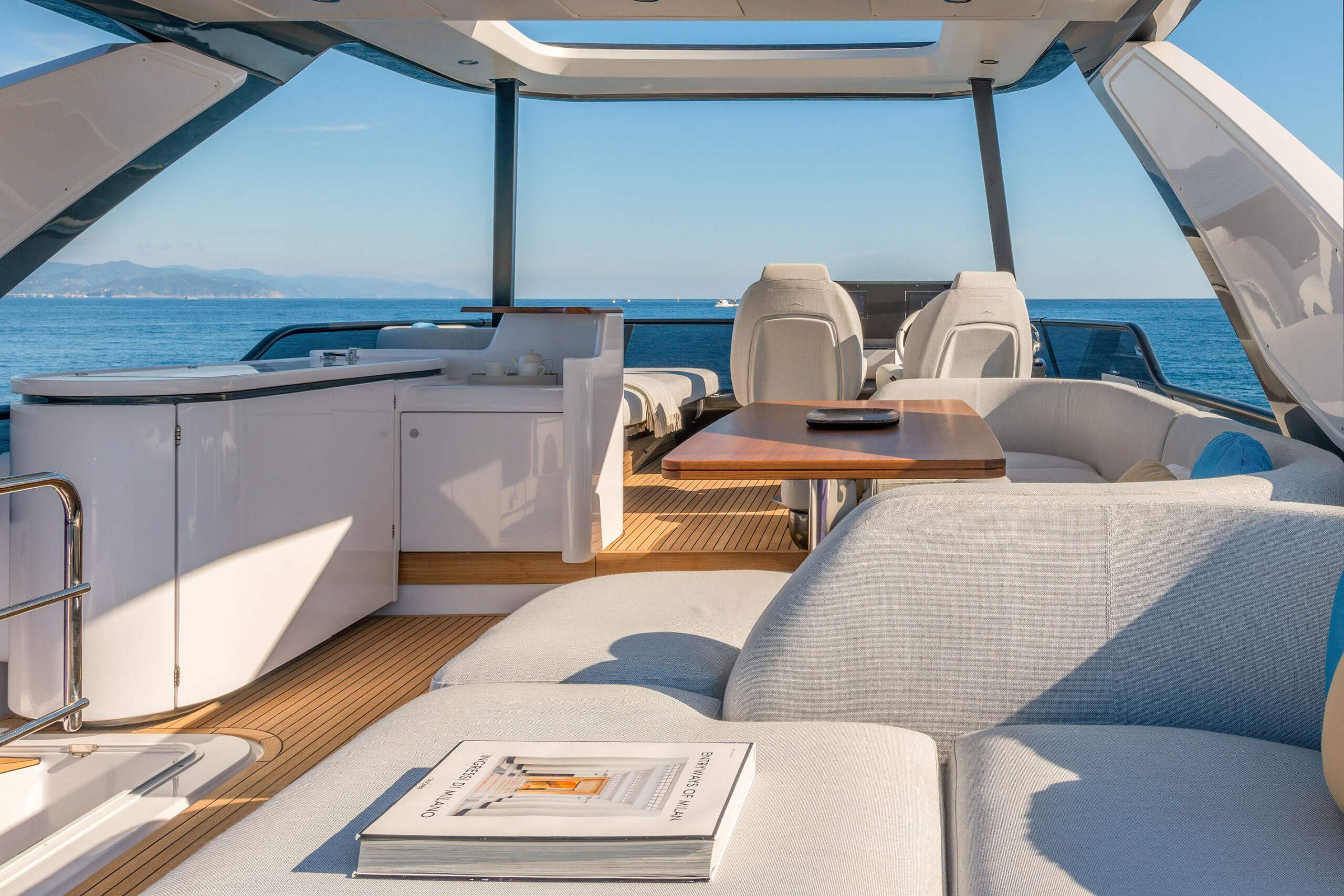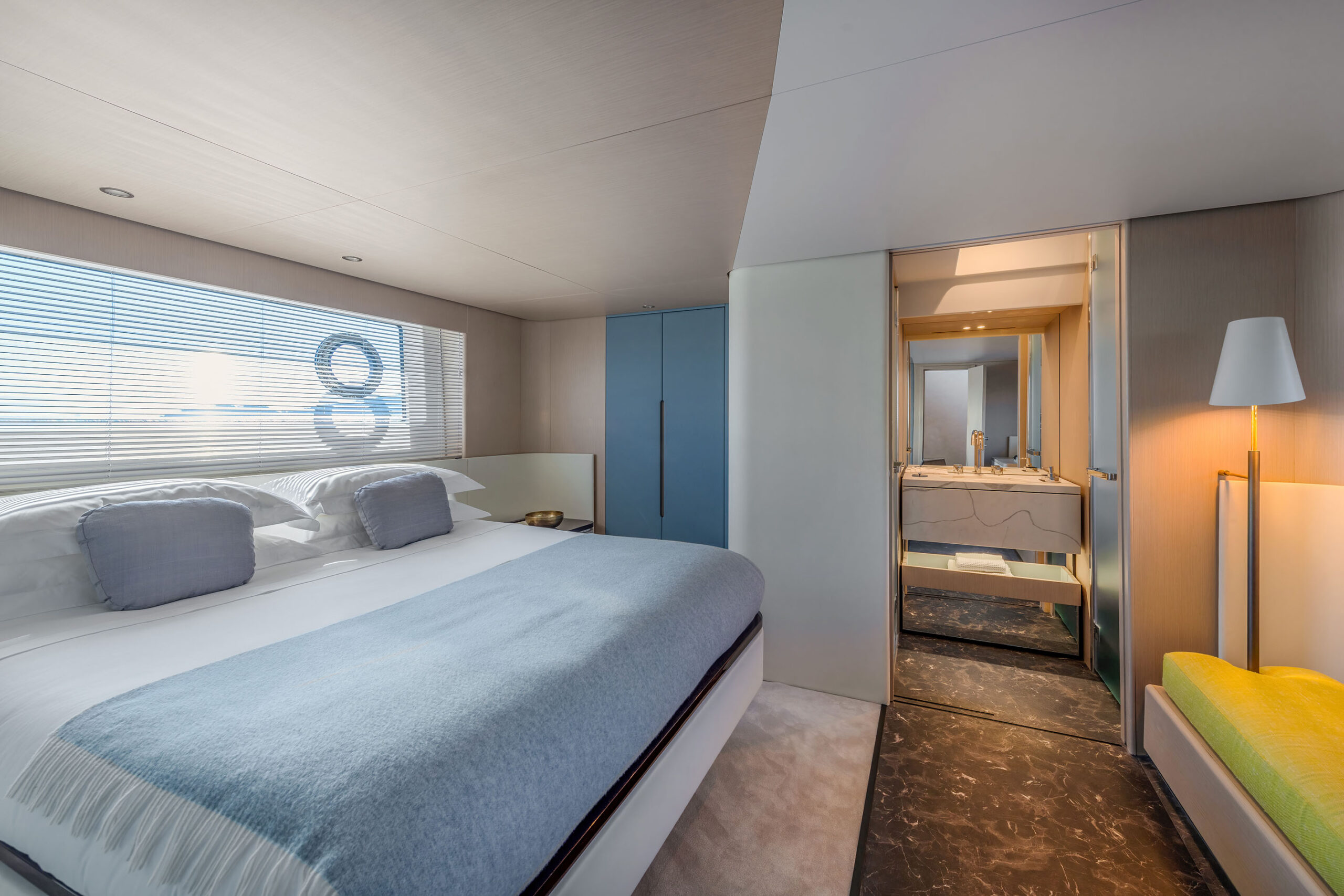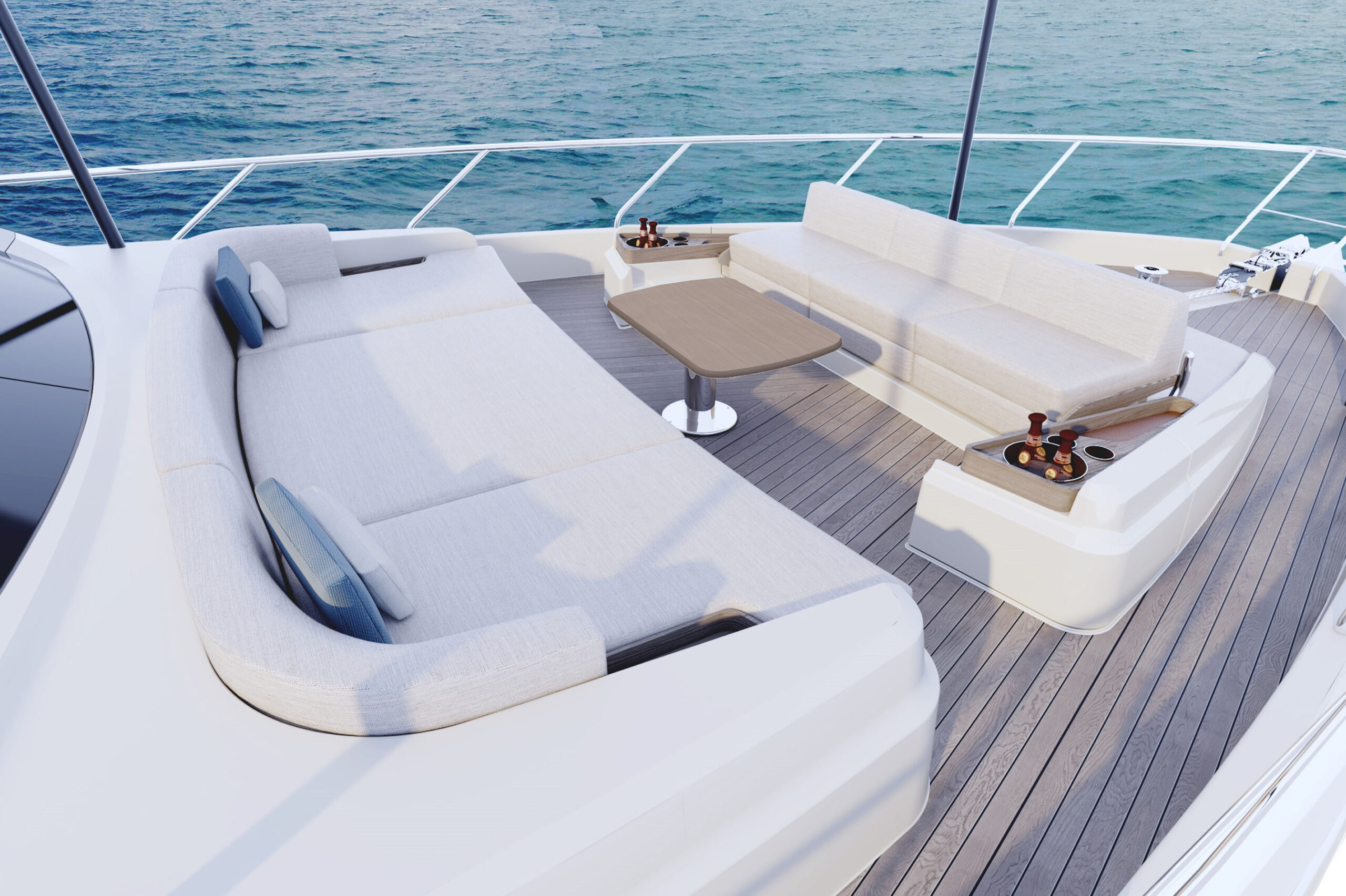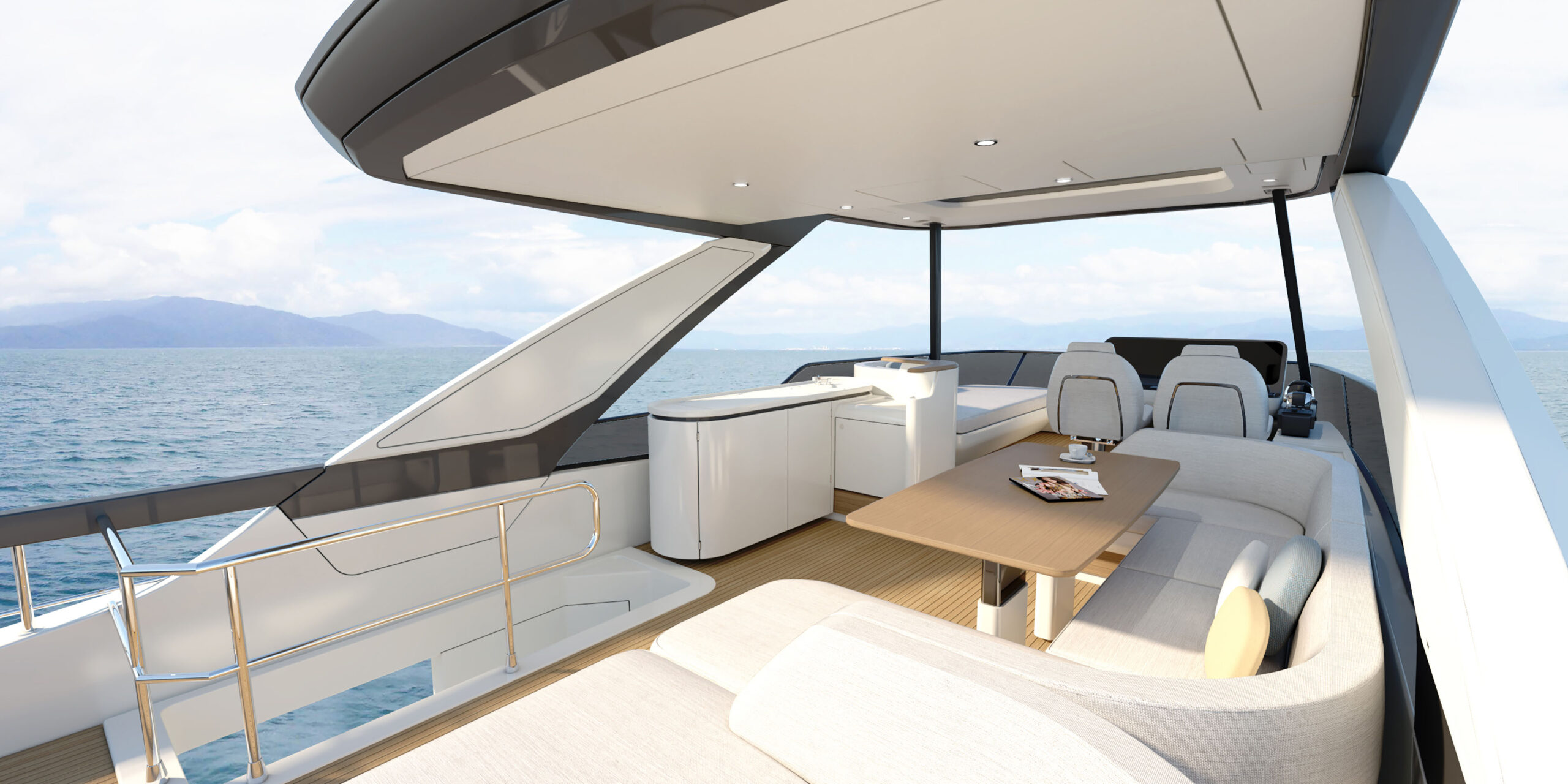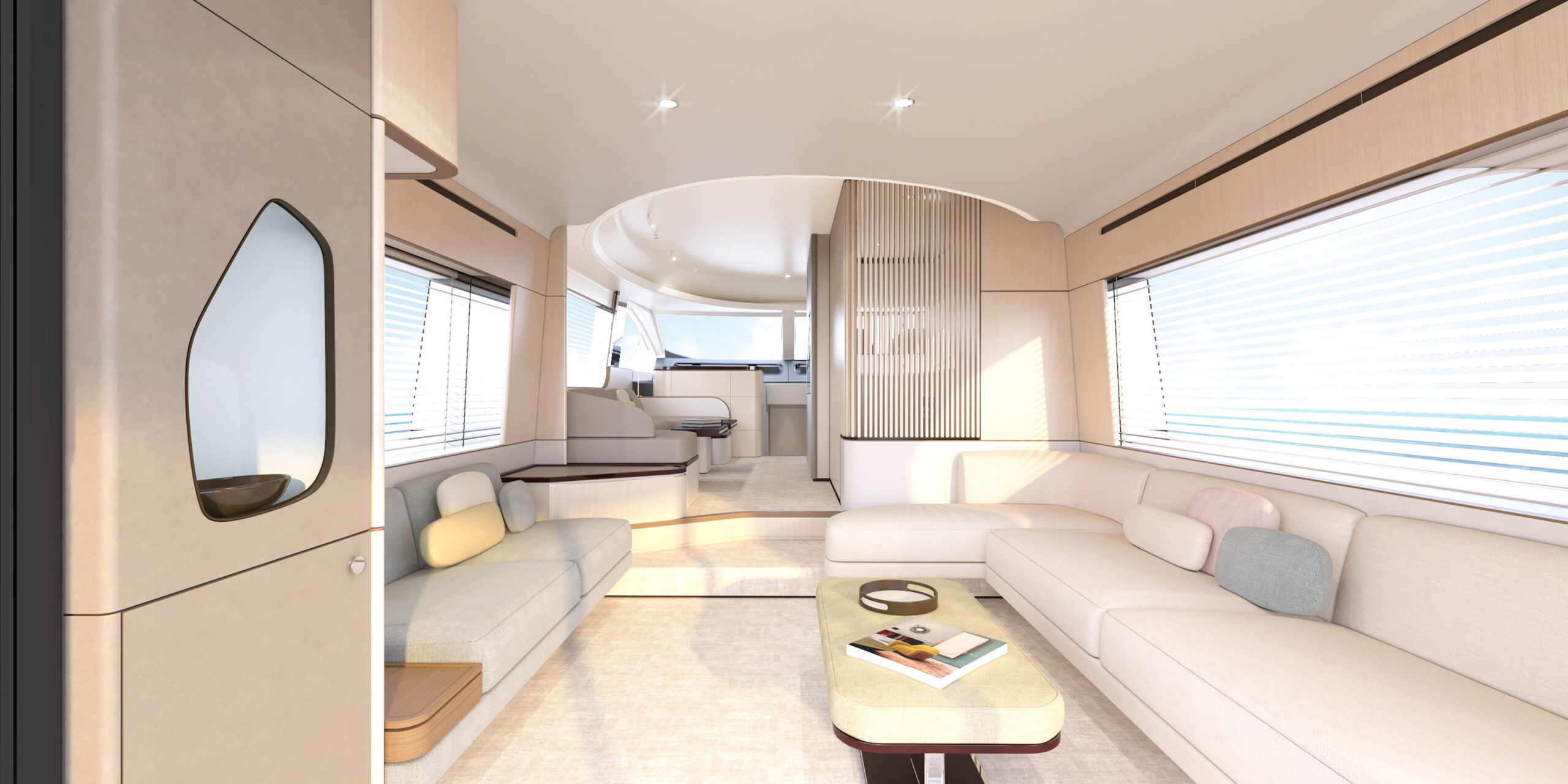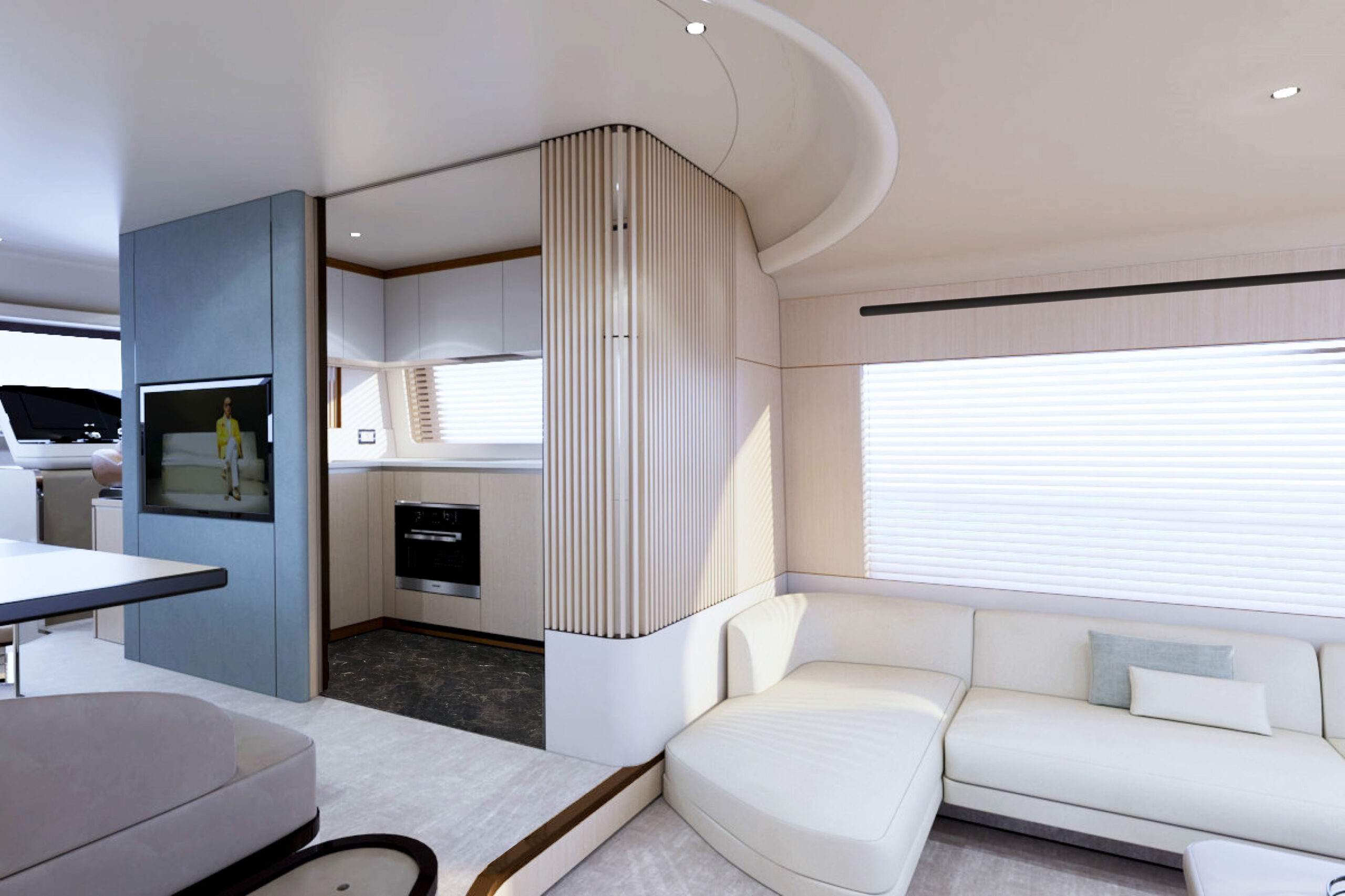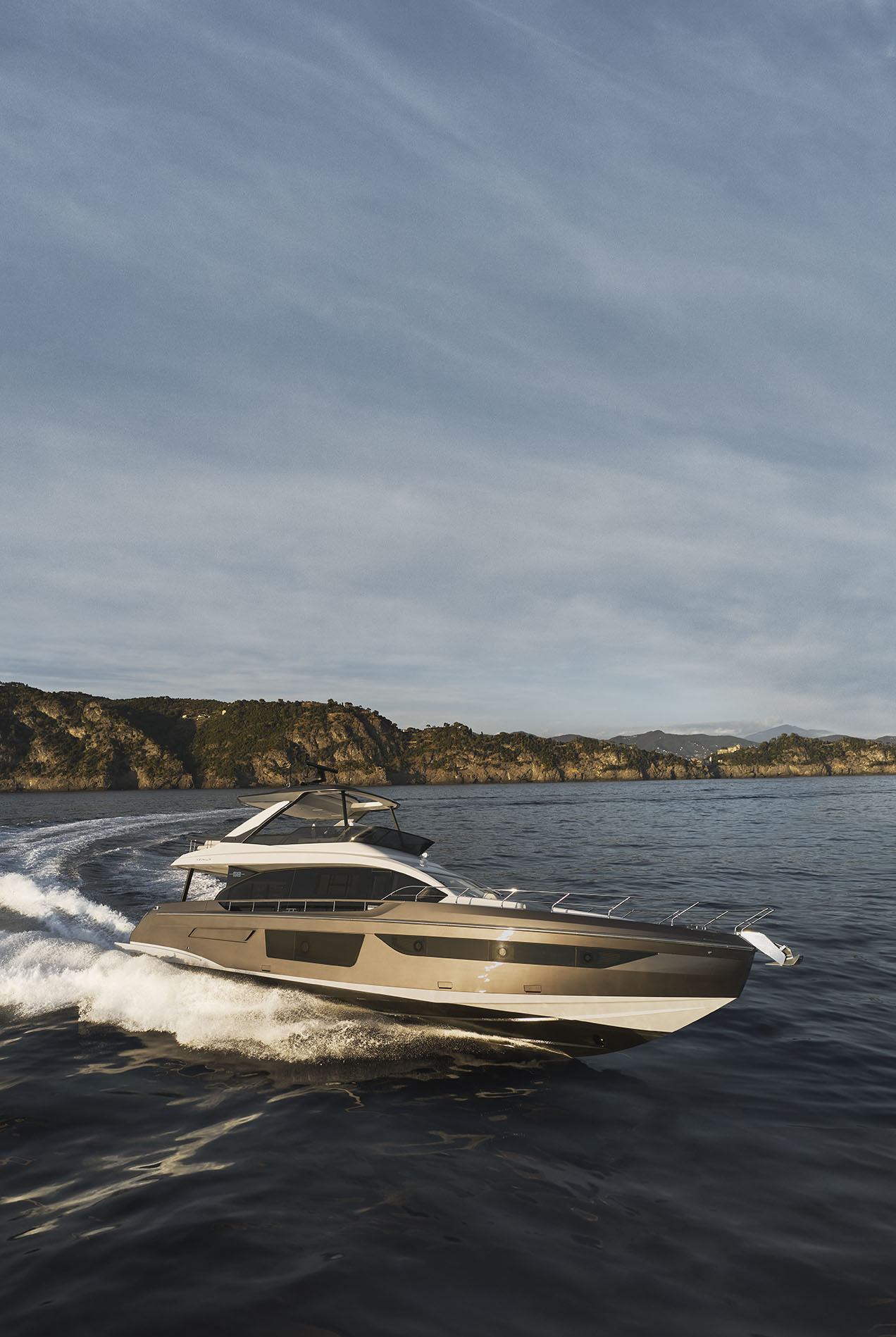Presentation
Yacht Class N°29 (june-July-August 2022)
AZIMUT-BENETTI GROUP
With this new model, the Italian brand has the objective to meet the needs of yachtsmen interested in a 20-metre flybridge. To this end, three interior layouts of the main deck are available. The use of carbon composite materials to save weight and Volvo IPS to limit fuel consumption make this 68-foot an example of “highly recommendable” unit.
Written by Alain Brousse – Photos : All rights reserved
No one will dispute that the Azimut shipyard (Azimut-Benetti Group) has found its place in the highly-coveted world of 15 to 25 metre flybridges. And with style! Its Flybridge Collection family boasts eight models: 50′, 53′, 55′, 60′, 66′, 68′, 72′ & 78′. The new 68, with her elegant and dynamic silhouette, was presented to the world at the Cannes Yachting Festival 2021. It must be said that the exterior design was entrusted to a very popular designer, Alberto Mancini, who never misses an opportunity to create very eye-catching profiles.
Carefully designed exteriors
As with any self-respecting flybridge, and particularly this one, the exterior spaces were carefully conceived to offer the comfort expected both in navigation and at anchor. Thus, the flybridge, topped by a sunroof, offers 30 m2 dedicated to several leisure activities: an aft terrace for sunbathing candidates who can also opt for the forward solarium, then the sacrosanct dining area overlooking the sea (six guests) and finally the helm station, protected by a tinted, inverted windshield. It seems almost needless to say that the floor is made of teak. Let’s take one of the side decks to reach the 17 m2 foredeck fitted with all conveniences: two settees, one of which serving as a sunbed, with a table in-between. This space can be protected by a canvas stretched between four poles. Back to the stern, there is of course the swim platform whose two side staircases lead to the cockpit, entirely protected by the aft part of the flybridge. This space boasts the conventional settee and a table, that can accommodate six guests for meals and snacks.
Three main deck configurations
Facing the cockpit lounge, a sliding glass door opens onto the open plan reception area. And the first impression is very positive, thanks to the light-coloured decoration and the equipment disposal. The interiors were designed by Achille Salvagni, who often works for the brand. In the “Lanterna” configuration we tested, we immediately entered in the living area where are fitted two opposite sofas, each positioned against the planking. The side windows (two thirds of height) provide generous lighting. There is a step in the central part of this volume then it boasts, on portside, the dining area, ready to welcome six guests, and opposite, the galley, partly open but hidden on its aft part by an aesthetic louvred bulkhead. The helm station is hidden by this galley. Note that two other configurations are also available: one with the galley immediately at the entrance of the main deck, on portside, with an opposite dining area and, beyond, a spacious lounge. The third version is very similar to the Lanterna solution, all that changes is the enclosed galley. Whatever the layout, the lower deck is mainly dedicated to the sleeping accommodations. In addition to the amidships master (20 m2), with a bed perpendicular to the planking, there is also a twin cabin on starboard and a single berth opposite, both sharing a bathroom. Finally, the bow area houses the classic but well-designed VIP cabin.
Ideal for cruising
This Azimut 68 also demonstrated her assets in navigation thanks to her two Volvo Penta IPS1350 (2 x 1 000 hp). In twelve seconds, she went from a standstill to 20 knots, a cruising speed achieved at 1 900 rpm with a limited consumption of 180 l/h. The shipyard announced a maximum speed of 32 knots, yet, during our sea trial, the GPS displayed a slightly more optimistic 32.5 knots. The hull remained both docile and smooth on the barely choppy sea we had during our test. In conclusion, the overall assessment of the Azimut 68′ is unquestionably positive. She has a bright future ahead.
Technical sheet
